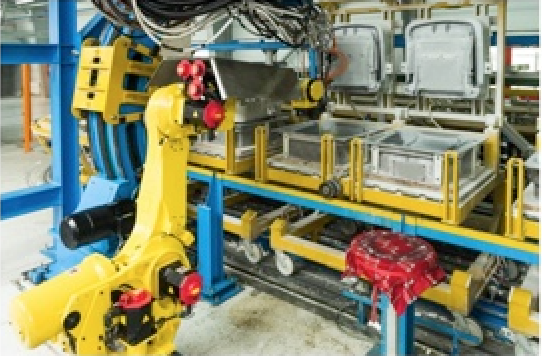Robot sales soared in first quarter to second-best mark yet
Demand diversifies from automotive sector, as manufacturing and warehousing look to solve worker shortages, A3 says.

The Covid-19 pandemic is continuing to drive increased sales of robots, with the industry reporting that the first quarter of 2021 was its second-largest quarter ever for non-automotive sales.
Robot orders in the first quarter were up 20% over the same period in 2020, with substantial increases in purchases coming from companies in metals (up 86%), life sciences/pharmaceutical/biomed (up 72%), food & consumer goods (up 32%), and other non-automotive industries (12%), according to the Association for Advancing Automation (A3).
The strong Q1 for robot orders was the second-best start to any year on record, stretching back to 2017, and it followed on the heels of a hot Q4 2020, which was also the second-best quarter ever for North America robot sales with a 64% increase over Q4 2019.
The industry is also expanding to a more diverse range of users, with 2020 marking the first year that annual orders of robots from non-automotive sectors surpassed automotive robot orders, as sales of robotic units in North America increased 4% in 2020 from 2019.
“Robot sales have increased considerably as more and more companies in every industry recognize that robotics and automation can help them compete globally,” Jeff Burnstein, president of A3, said in a release. “While advances in robot technology, ease of use, and new applications remain key drivers in robot adoption, worker shortages in manufacturing, warehousing, and other industries are a significant factor in the current expansion of robot use that we’re now seeing. Covid didn’t create the move toward automation, but certainly has accelerated trends that already were underway.”
Related Articles
Copyright ©2024. All Rights ReservedDesign, CMS, Hosting & Web Development :: ePublishing